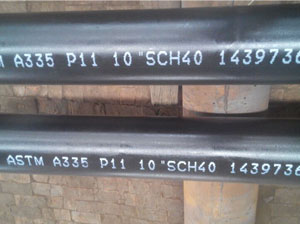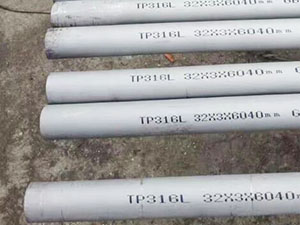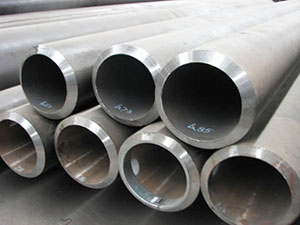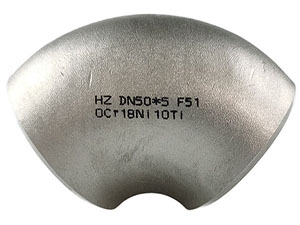What is Salt Spray Test?
The salt spray (or salt fog) test is a standardized and popular corrosion test method, used to check corrosion resistance of materials and surface coatings. Usually, the materials to be tested are metallic (although stone, ceramics, and polymers may also be tested) and finished with a surface coating which is intended to provide a degree of corrosion protection to the underlying metal. Salt spray testing is an accelerated corrosion test that produces a corrosive attack to coated samples in order to evaluate (mostly comparatively) the suitability of the coating for use as a protective finish. The appearance of corrosion products (rust or other oxides) is evaluated after a pre-determined period of time. Test duration depends on the corrosion resistance of the coating; generally, the more corrosion resistant the coating is, the longer the period of testing before the appearance of corrosion/ rust. The salt spray test is one of the most widespread and long established corrosion tests. ASTMB117 was the first internationally recognized salt spray standard, originally published in 1939. Other important relevant standards are ISO9227, JIS Z 2371 and ASTM G85.
The apparatus for testing consists of a closed testing cabinet/chamber, where a salt water (5% NaCl) solution is atomized by means of spray nozzle(s) using pressurized air. This produces a corrosive environment of dense salt water fog (also referred to as a mist or spray) in the chamber, so that test samples exposed to this environment are subjected to severely corrosive conditions. Chamber volumes vary from supplier to supplier. If there is a minimum volume required by a particular salt spray test standard, this will be clearly stated and should be complied with. There is a general historical consensus that larger chambers can provide a more homogeneous testing environment.
Variations to the salt spray test solutions depend upon the materials to be tested. The most common test for steel based materials is the Neutral Salt Spray test (often abbreviated to NSS) which reflects the fact that this type of test solution is prepared to a neutral pH of 6.5 to 7.2. Results are represented generally as testing hours in NSS without appearance of corrosion products (e.g. 720 h in NSS according to ISO 9227). Synthetic seawater solutions are also commonly specified by some companies and standards. Other test solutions have other chemicals added including acetic acid (often abbreviated to ASS) and acetic acid with copper chloride (often abbreviated to CASS) each one chosen for the evaluation of decorative coatings, such as electroplated copper-nickel-chromium, electroplated copper-nickel or anodized aluminum. These acidified test solutions generally have a pH of 3.1 to 3.3
Some sources do not recommend using ASS or CASS test cabinets interchangeably for NSS tests, due to the risk of cross-contamination, it is claimed that a thorough cleaning of the cabinet after CASS test is very difficult. ASTM does not address this issue, but ISO 9227 does not recommend it and if it is to be done, advocates a thorough cleaning.
Although the majority of salt spray tests are continuous, i.e.; the samples under test are exposed to the continuous generation of salt fog for the entire duration of the test, a few do not require such exposure. Such tests are commonly referred to as modified salt spray tests. ASTM G85 is an example of a test standard which contains several modified salt spray tests which are variations to the basic salt spray test.





